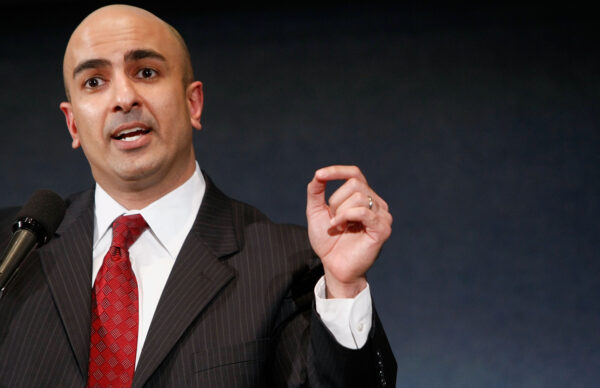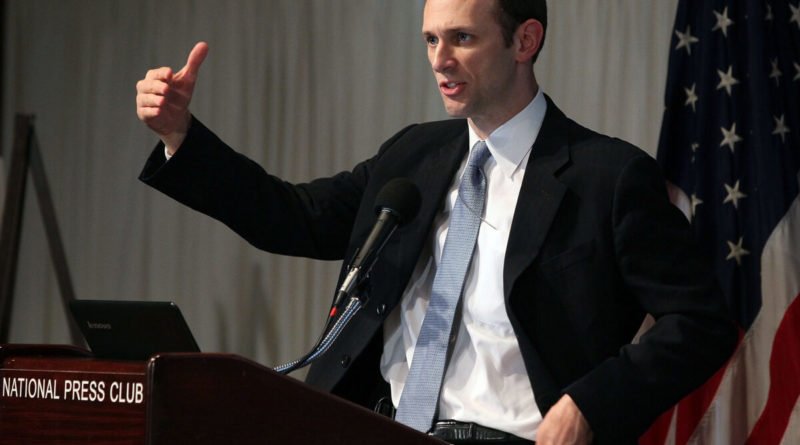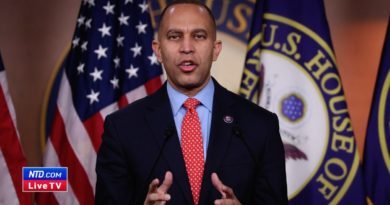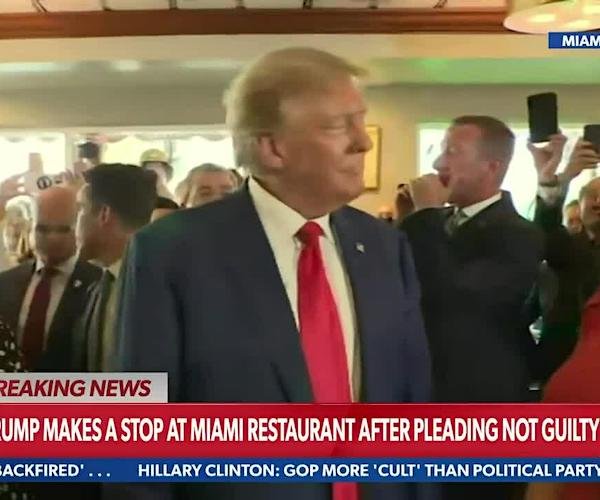Fed’s Austan Goolsbee Says US Economy Experiencing ‘Strange and Unprecedented Moment’
The U.S. economy is going through a “strange and unprecedented moment” on the other side of the coronavirus pandemic, according to the new Federal Reserve Bank of Chicago president, Austan Goolsbee.
Goolsbee, who served on the Council of Economic Advisors in the Obama administration, told an audience at the Ivy Tech Community College in Goshen, Indiana, that it can be difficult to assess current economic conditions when relying on delayed data, be it the gross domestic product or inflation. This is because the statistics could bounce around or provide policymakers with contradictory indicators, making it harder to observe what is occurring in the real economy.
“This is especially true when things are as strange and up in the air as they have been through much of the pandemic times,” he said.
The central bank’s job is judged by what happens in the real economy, whether it is determining if there are supply chain pressures for transmission plants or if wages for middle-class workers are keeping up with inflation.
“Monetary policy can’t solve every economic problem. But when the Fed does its job well, it provides a stable environment that makes it easier for you to succeed and helps millions of people achieve their goals,” Goolsbee stated.
In the end, Goolsbee noted, the U.S. economy will experience “bumps in the road.”
“It’s a strange and unprecedented moment coming out of the pandemic. Lots of things in the economy got turned on their heads, and we need to figure out where they will land and what that means for the future,” he said.
Will the Fed Raise Inflation Target?
With various inflation metrics coming in hotter than expected, including the Fed’s preferred personal consumption expenditures (PCE) price index, economic observers and lawmakers have debated the central bank boosting its 2 percent target rate.
But Fed Governor Philip Jefferson does not think the central bank should raise this figure, arguing that changing the number could hurt the institution’s reputation and undermine “well-anchored” inflation expectations.
By bolstering the Federal Open Market Committee’s (FOMC) longer-run inflation objective, the Fed would manufacture unnecessary risk since it would question the entity’s “commitment to stabilizing inflation at any level because it might lead people to suspect that the target could be changed opportunistically in the future.”
“If so, then these reputational costs will undermine the key benefits of well-anchored longer-run inflation expectations discussed above: an increased ability of monetary policy to fight economic downturns without sacrificing price stability,” Jefferson said at a Harvard University event.
Moreover, if the Fed increased its inflation target rate from 2 percent to 4 percent or higher, it “would certainly stretch the meaning of ‘stable prices’ in the Federal Reserve Act.”
Fed Chair Jerome Powell has been asked this question multiple times, and he has dismissed the idea that the United States should accept any inflation rate that is above 2 percent.
“Changing our inflation goal is just something we’re not thinking about, and it’s something we’re not going to think about,” he said at the post-FOMC policy meeting news conference in December. “We have a 2 percent inflation goal, and we’ll use our tools to get inflation back to 2 percent. I think this isn’t the time to be thinking about that.”
In 2012, the U.S. central bank adopted its 2 percent target rate, a decade after the central banks in Canada, the UK, and Australia.
What About the March Meeting?
According to the CME FedWatch Tool, investors are mostly penciling in a quarter-point boost to the benchmark federal funds rate (FFR) at this month’s FOMC policy meeting.
A growing number of Fed officials have revealed that they are open to larger rate hikes to combat inflation and prevent it from making a resurgence throughout the U.S. economy.

Minneapolis Fed Bank President Neel Kashkari explained on Wednesday at an event in Sioux Falls, South Dakota, that he is “open-minded” about a 25- or 50-basis-point hike.
Kashkari noted that all eyes would be on the Survey of Economic Projections (SEP)—the dot-plot—to determine how high interest rates may need to go to combat price pressures. In the last December update, he projected a 5.4 percent terminal rate, higher than the median forecast of 5.1 percent. Kashkari purported that he is leaning toward raising his estimate.
“Given the data in the last month—higher inflation than we expected and a strong jobs report—these are concerning data points suggesting we’re not making progress as quickly as we’d like,” Kashkari said. “At the same time, we shouldn’t overreact to one month of data even if the data is troubling.”
In an essay published on Wednesday, Atlanta Fed Bank President Raphael Bostic wrote that he thinks the Fed needs to increase its policy rate by a half-point to a target range of 5 percent and 5.25 percent and “leave it there well into 2024.”
“We must determine when inflation is irrevocably moving lower,” Bostic said.
“This will allow tighter policy to filter through the economy and ultimately bring aggregate supply and aggregate demand into better balance and thus lower inflation.”
The FOMC will hold its two-day policy meeting on March 21–22.




